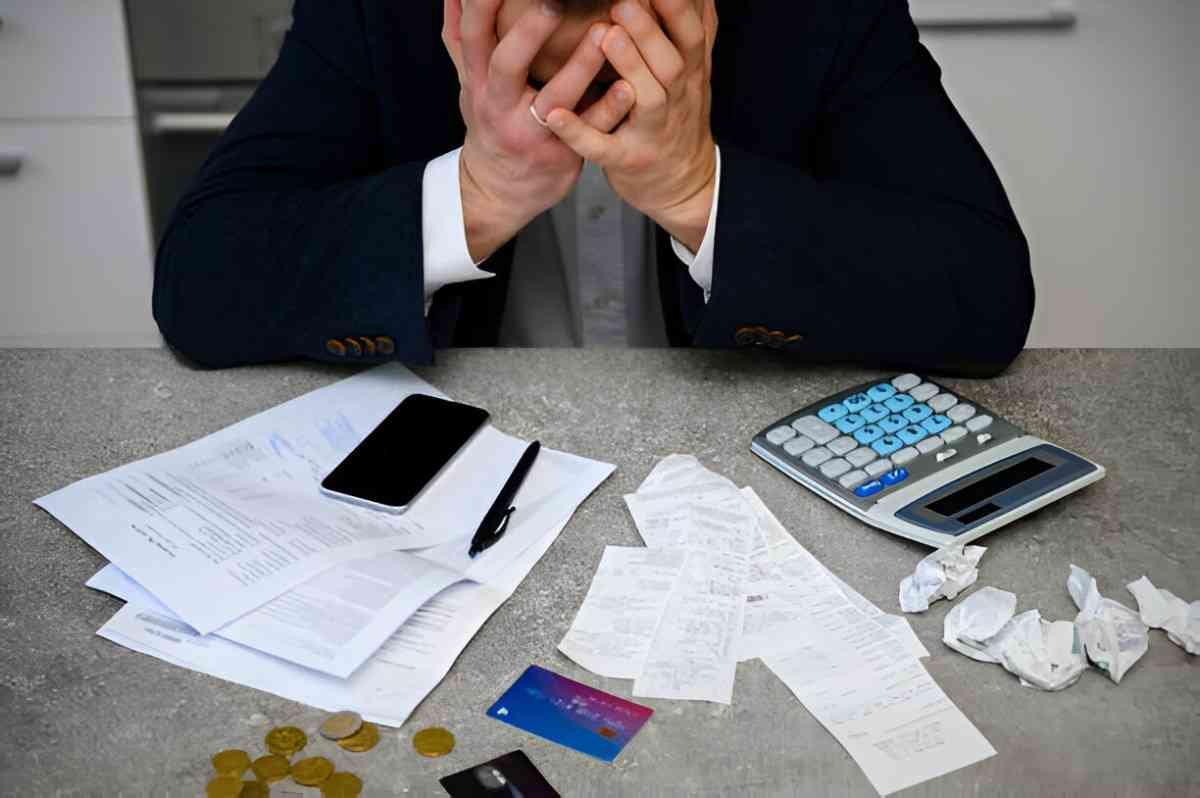Personal bankruptcy is a legal process that allows individuals overwhelmed by debt to seek relief and a fresh financial start. As someone who has spent years studying finance and accounting, I find bankruptcy to be one of the most misunderstood yet critical topics in personal finance. In this article, I will delve deep into the theory of personal bankruptcy, exploring its types, implications, and the socioeconomic factors that influence it. I will also provide examples, calculations, and tables to help you grasp the concepts better.
Table of Contents
What Is Personal Bankruptcy?
Personal bankruptcy is a legal mechanism designed to help individuals who cannot repay their debts. It provides a structured way to either discharge debts entirely or reorganize them into manageable payments. In the United States, bankruptcy is governed by federal law, specifically the U.S. Bankruptcy Code. The two most common types of personal bankruptcy are Chapter 7 and Chapter 13.
Chapter 7 Bankruptcy
Chapter 7, often referred to as “liquidation bankruptcy,” involves the sale of a debtor’s non-exempt assets to pay off creditors. Any remaining unsecured debts, such as credit card debt or medical bills, are typically discharged.
Chapter 13 Bankruptcy
Chapter 13, known as “reorganization bankruptcy,” allows individuals with a regular income to create a repayment plan to pay off their debts over three to five years. This type of bankruptcy is often chosen by those who wish to keep their assets, such as a home or car.
The Mathematics of Bankruptcy
To understand bankruptcy better, let’s explore some of the mathematical concepts involved. For instance, the means test is a critical component of Chapter 7 bankruptcy eligibility. The means test compares your monthly income to the median income in your state. If your income is below the median, you qualify for Chapter 7. If it’s above, you may still qualify depending on your disposable income.
The formula for disposable income is:
\text{Disposable Income} = \text{Monthly Income} - \text{Allowable Expenses}Allowable expenses include necessities like housing, food, and transportation. If your disposable income is below a certain threshold, you may still file for Chapter 7.
Let’s consider an example. Suppose your monthly income is $4,000, and your allowable expenses total $3,500. Your disposable income would be:
\text{Disposable Income} = 4000 - 3500 = 500If the threshold for your state is $600, you would qualify for Chapter 7.
Socioeconomic Factors Influencing Bankruptcy
Bankruptcy is not just a financial issue; it’s deeply intertwined with socioeconomic factors. In the U.S., medical expenses are the leading cause of bankruptcy, accounting for nearly 66% of all filings. Job loss, divorce, and unexpected emergencies also play significant roles.
The 2008 financial crisis, for example, led to a surge in bankruptcy filings. Many Americans lost their jobs and homes, pushing them into financial distress. Even today, economic instability and rising living costs continue to drive bankruptcy rates.
Table 1: Leading Causes of Personal Bankruptcy in the U.S.
| Cause | Percentage of Filings |
|---|---|
| Medical Expenses | 66% |
| Job Loss | 15% |
| Divorce | 10% |
| Unexpected Emergencies | 9% |
The Psychological Impact of Bankruptcy
Filing for bankruptcy can be emotionally taxing. Many people feel a sense of failure or shame, even though bankruptcy is a legal right designed to protect individuals. I’ve seen clients struggle with the stigma associated with bankruptcy, but it’s important to remember that it’s a tool for recovery, not a moral judgment.
Bankruptcy and Credit Scores
One of the most significant consequences of bankruptcy is its impact on your credit score. A Chapter 7 bankruptcy can remain on your credit report for up to 10 years, while a Chapter 13 bankruptcy stays for seven years. During this time, obtaining new credit can be challenging.
However, it’s not all doom and gloom. Many people find that their credit scores begin to improve within a year or two of filing for bankruptcy. This is because they no longer have overwhelming debt dragging down their score.
Table 2: Impact of Bankruptcy on Credit Scores
| Time After Bankruptcy | Average Credit Score |
|---|---|
| Immediately After | 500-550 |
| 1 Year Later | 580-620 |
| 2 Years Later | 620-650 |
| 5 Years Later | 680-700 |
Alternatives to Bankruptcy
Before filing for bankruptcy, it’s worth exploring alternatives. Debt consolidation, for example, allows you to combine multiple debts into a single payment, often with a lower interest rate. Credit counseling agencies can also help you create a debt management plan.
However, these alternatives are not always viable. If your debt-to-income ratio is too high, bankruptcy may be the best option. The debt-to-income ratio is calculated as:
\text{Debt-to-Income Ratio} = \frac{\text{Total Monthly Debt Payments}}{\text{Monthly Gross Income}} \times 100For instance, if your total monthly debt payments are $2,000 and your monthly gross income is $5,000, your debt-to-income ratio would be:
\text{Debt-to-Income Ratio} = \frac{2000}{5000} \times 100 = 40\%A ratio above 40% is generally considered high and may indicate that bankruptcy is a viable option.
The Long-Term Effects of Bankruptcy
While bankruptcy provides immediate relief, it’s essential to consider its long-term effects. For example, bankruptcy can affect your ability to rent an apartment, secure a job, or obtain a mortgage. However, many people successfully rebuild their financial lives after bankruptcy.
I’ve worked with clients who used bankruptcy as a stepping stone to financial stability. By creating a budget, building an emergency fund, and practicing responsible credit use, they were able to regain control of their finances.
Conclusion
Personal bankruptcy is a complex but necessary tool for managing overwhelming debt. It offers a fresh start but comes with significant consequences that must be carefully considered. By understanding the mathematics, socioeconomic factors, and long-term effects, you can make an informed decision about whether bankruptcy is the right choice for you.





